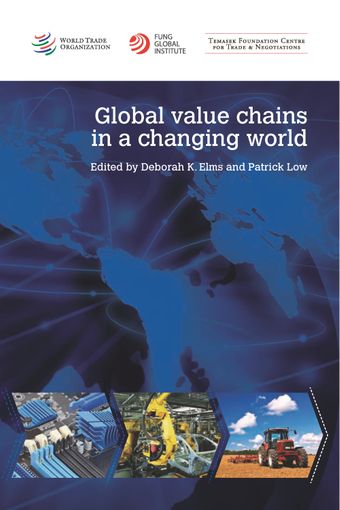Global value chain-oriented industrial policy: The role of emerging economies

- Authors: Gary Gereffi and Timothy Sturgeon
- Source: Global Value Chains in a Changing World , pp 329-360
- Publication Date: enero 2013
- DOI: https://doi.org/10.30875/091420f7-en
- Idioma: Inglés
In the past two decades, profound changes in the structure of the global economy have reshaped global production and trade and altered the organization of industries and national economies. The geographic fragmentation of industries, where value is added in multiple countries before products make their way to consumers, has been accompanied by vast improvements in the functional integration of these far-flung activities, creating what have come to be known as global value chains, or GVCs. As supply chains become global in scope, more intermediate goods are traded across borders, and more imported parts and components are embodied in exports (Feenstra, 1998). In 2009, world exports of intermediate goods exceeded the combined export values of final and capital goods for the first time, representing 51 per cent of non-fuel merchandise exports (WTO and IDE-JETRO, 2011). Governments and international organizations are taking notice of the effects of GVCs on global trade and development (OECD, 2011; WTO and IDE-JETRO, 2011; UNCTAD, 2013; World Economic Forum, 2013).
-
From This Site
/content/books/9789287042446s007-c004dcterms_subject,pub_countryId-contentType:WorkingPaperSeries -contentType:Periodical -contentType:BookSeries -contentType:ReportSeries105


